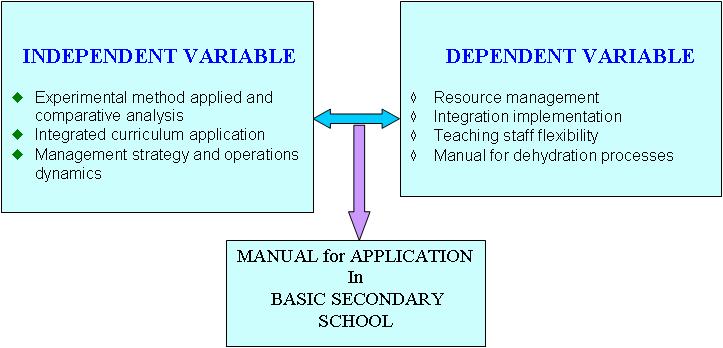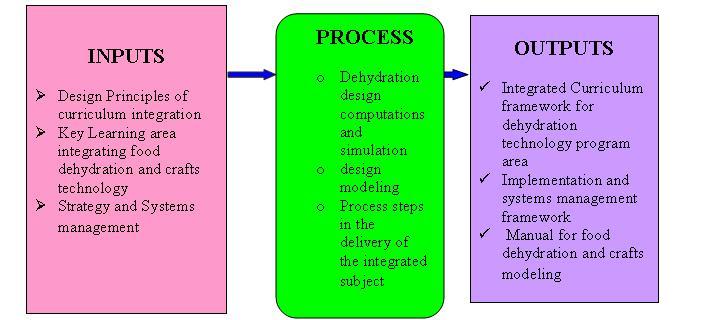Theoretical Framework is a compilation of organized concepts or ideas. It guides the research to determine what thing will be measured and what statistical relationship will be looked for.
Different theories, models, paradigms, perspective related to the problem and the hypothesis are presented as perform of research.
First of all, the researcher must consider the field of knowledge in which the problem statement can be categorized. Then, decides to focus on one or more theories.
Other way is to practice it is to change the theory into new general framework containing the variables and relationships for the purposes of the research to be undertaken.
When writing a theoretical framework, it is important to mention the theory that will be used by giving the assumptions, defining terms-concepts, identifying variables, and stating the relationship of variables and presenting hypothesis.
Theoretical framework is use to limit the scope of the relevant data by focusing on specific variables and specifying the specific frame or viewpoint that the researcher will take in analysis, and interpreting the data that will be gathered, understanding concepts and variable according to the given definitions, and building knowledge by validating the theory. It helps when the variables and proposed relationship are illustrated by drawing a chart.
Click here for sample theoretical framework.

